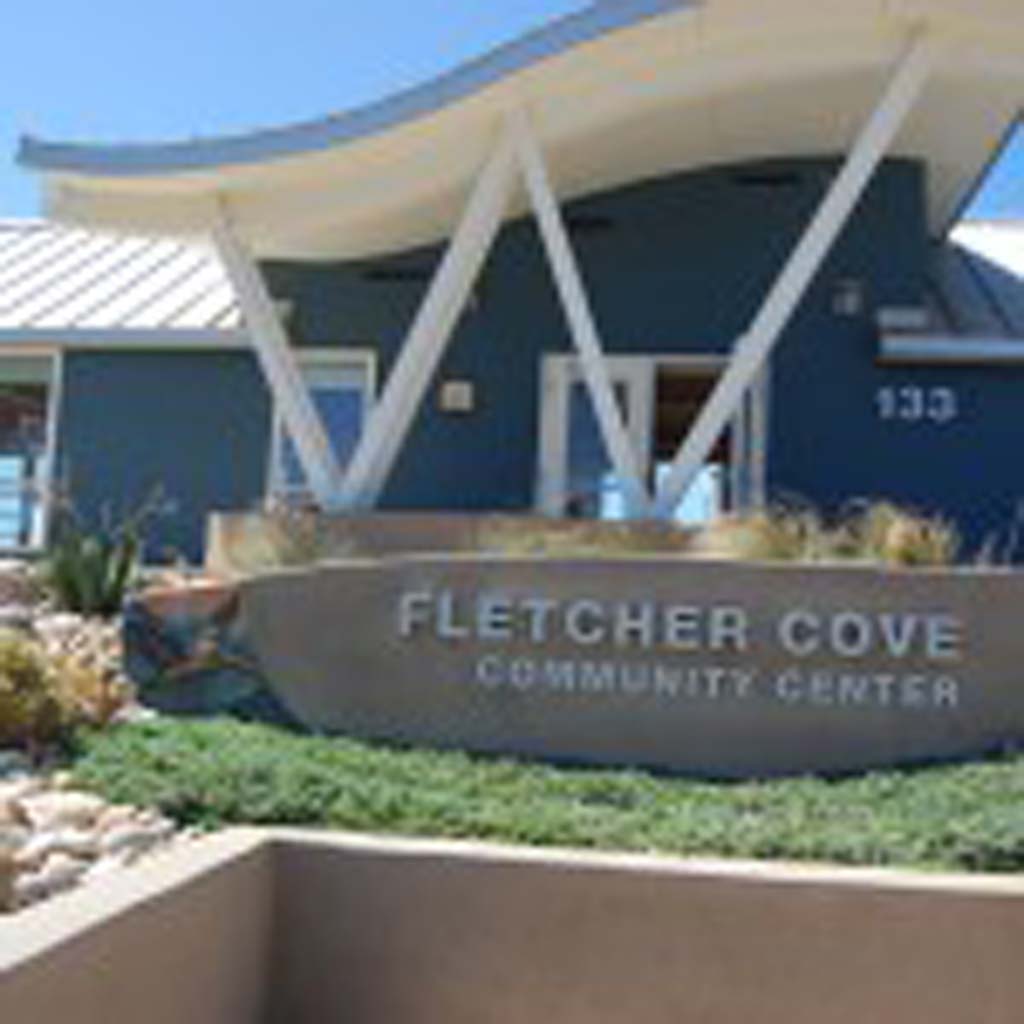DEL MAR — After spending $25,000 to evaluate law enforcement needs and options, Del Mar officials agreed at the Nov. 18 meeting to try to improve the services it receives from the Sheriff’s Department rather than create its own police force.
The study, conducted by Ralph Andersen & Associates, provided input on the existing contract and level of service, as well as the benefits and disadvantages of staying with the Sheriff’s Department or creating a standalone department either by itself or with other cities.
Del Mar has contracted with the Sheriff’s Department for police services since its inception in 1959. It is currently one of nine cities to do so.
Under the current contract, for a cost of about $1.7 million, the city gets one patrol deputy 24/7, a traffic officer weekdays from 10:30 a.m. to 7 p.m., a full-time detective and regional services such as SWAT, aerial support, search and rescue, the crime lab and bomb and arson.
Of the 213 felony and misdemeanor arrests in the city in 2012, 119, or about 56 percent, were at the Del Mar Fairgrounds.
Council members noted Del Mar is unique because the combination of the beach and summer fairgrounds activities attracts visitors like no other city in the state.
As the cost of law enforcement steadily increased, the city directed a Finance Subcommittee to look into cost-saving measures. What members discovered was dissatisfaction with the services being provided to the county’s smallest city.
Calls to the Sheriff’s Department are broken into four categories. Priority one calls include serious accidents, SWAT team involvement, disasters and airplane crashes. Average response time in June through August of this year was about 14 minutes.
For priority two calls — homicides, hit-and-run injuries, robbery, rape, assault with a deadly weapon, burglary and grand theft, for example — the average response time during the same summer months was a little more than nine minutes.
Driving under the influence, accidents with minor injuries, hit-and-run with property damage, an escaped prisoner, arson and child stealing are among the priority three calls that averaged a 13-minute response time.
Prowlers, assault, indecent exposure, vandalism, trespassing and audible and silent alarms constitute priority four calls that had an average response time of 55 minutes.
Consultant John Goss said the benefits to staying with the Sheriff’s Department include regional resources, the ability to respond to major emergencies and cost-effective services.
The disadvantages are a perceived lack of visibility, staff continuity and contract negotiations because of the nine-city contract, limited communication with the ranger and lifeguard, inappropriate detective assignments, such as spending too much time reviewing red-light camera tickets, and slow response times.
Goss said, in his opinion, the Sheriff’s Department “provides satisfactory service.”
Some residents disagreed. Robin Crabtree, a member of the subcommittee who lives in the beach area, said taking 55 minutes or more to respond to summer parties and drunk and disorderly visitors “is just unacceptable.”
“I’d like to see Del Mar get better service for our money,” she said.
“There’s a quality of service that we enjoy with our lifeguard department, with our fire department,” Bud Emerson said, noting that one reason Del Mar opted to become a city was dissatisfaction with San Diego fire and beach safety service.
“We wanted a department that we knew and that knew us, and we need cops that same way,” he said. “And it’s not just to catch us speeding. … They need to know us. They need to know who we are, how we live. They need to be part of our community.”
Jim Benedict, also a subcommittee member, said the report was not meant to be a reflection on sheriff’s Capt. Robert Haley or his department.
“We have probably one of the worst labor contracts in the county … and that drove up our costs,” Benedict said. “Just the fact that we have one officer 24/7 throws us into a position that’s just problematic.
“One thing that I was shocked at was … the 55 minutes for the priority four (calls),” he added. “If you had somebody looking in your window that was a prowler, do you know when the sheriff would come? … In 55 minutes in August, 44 minutes in the average over the year. … I think it’s almost outrageous and that has to be fixed.”
In response to the report, Haley said he had a crime analyst review calls to Del Mar in 2012. He said priority one calls were all collisions that included an unfounded military airplane crash and a two-vehicle collision with one person transported to the hospital.
“It’s already transported,” Haley said. “There’s no rush to get there.”
Other calls included a train versus pedestrian, in which a female was killed, a two-vehicle collision with the parties exchanging information and a vehicle versus pedestrian with the victim refusing medical attention.
“Those are not calls that a deputy has to get there in one minute,” Haley said. “Accidents where we had minor injuries, the average response time was (less than a minute). We knew somebody was hurt. We got there quickly.
“If there is an active prowler we will be there within one to two minutes,” he said after the meeting. “If a report is pending and the crime is not occurring, that is a very low-priority call.
“If any call we receive is for an ongoing crime, we will be there extremely quickly, including the times when a deputy has to come from Solana Beach or Rancho Santa Fe,” Haley said. “The safety of the public is our number one priority and we would never hold a call where an active prowler was outside the house.”
The consultants estimated a standalone police department would be $200,000 to $300,000 more per year, with a start-up cost of nearly $1 million.
Council directed staff to work with the Sheriff’s Department to improve service and implement some of the recommendations from the study, such as increased foot patrol, better access to data and using someone other than a detective to review red-light camera tickets.
“I think that there is agreement that the relationship between the city of Del Mar and the sheriff is broken,” Benedict said. “A short term goal is to see if it is repairable.”
The Finance Subcommittee will fine-tune the impacts of developing a city police force if services don’t improve.
An update will be provided in about six months, with a full report and service evaluation expected in a year.


